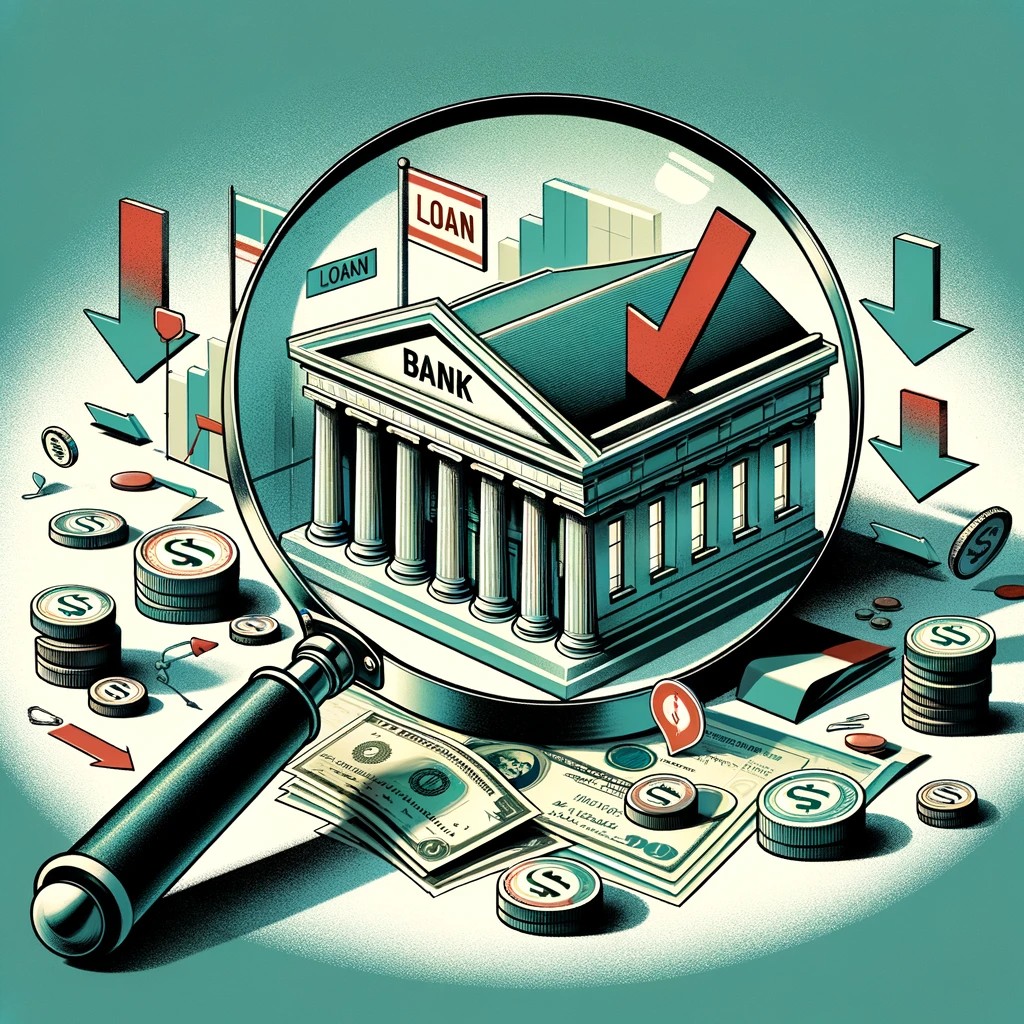The landscape of American banking is undergoing a seismic shift as U.S. banks brace themselves against a rising tide of loan troubles. The echoes of 2008’s financial crisis seem to resurface, albeit in a different guise, as the last quarter of 2023 saw a significant surge in non-performing loans among the nation’s largest financial institutions. This concerning trend not only raises eyebrows but also serious questions about the resilience and adaptability of these banking giants in an ever-changing economic environment.
The Ripple Effect of Rising Bad Loans in the U.S.
In a startling revelation, the combined non-performing loans of JPMorgan Chase, Bank of America, Wells Fargo, and Citigroup have reportedly ballooned to a staggering $24.4 billion in the last quarter of 2023. This marks an alarming increase of nearly $6 billion since the end of 2022. This uptick in bad loans is a thorn in the side of these banking behemoths, reflecting a broader economic malaise that could ripple through the financial sector.
Moreover, these figures only scratch the surface of the challenges faced by these institutions. With the Federal Reserve’s hawkish stance on interest rates throughout the previous year, banks have found themselves in a bind. The increased borrowing costs have inevitably jacked up deposit expenses while simultaneously diminishing the value of their bond portfolios. This double-edged sword has not only impacted their bottom line but also cast a shadow over their future profitability.
A Balancing Act in a Turbulent Market
As we delve deeper into the banks’ financial health, it becomes apparent that the issues are multi-faceted. The six major U.S. banks, which include Goldman Sachs and Morgan Stanley, are anticipated to report a 13% decline in earnings compared to last year. This is no small figure and signifies the underlying stress in the banking sector.
This period of financial reckoning is not limited to the domestic front. European banks, too, are feeling the heat, with investor activists highlighting the stark disparity between the institutions’ share price growth and their profit margins. Across the Atlantic, the scrutiny intensifies, with EU regulators probing the intricate links between banks and non-bank financial institutions, including the burgeoning but often murky world of cryptocurrencies.
The U.S. banking sector’s woes are compounded by the recent turmoil that saw the dramatic collapse of Silicon Valley Bank, Signature Bank, and the precarious situation of Credit Suisse. This upheaval has not only shaken investor confidence but also raised critical questions about the robustness of the regulatory framework governing these financial giants.
This financial maelstrom has left the banks with a tightrope to walk. On one hand, they face the daunting task of managing the surge in bad loans and the repercussions of higher interest rates. On the other, they are under the microscope of regulatory scrutiny, both at home and abroad. As they navigate these choppy waters, the banks’ strategies and decisions in the coming months will be crucial in determining their trajectory in an increasingly uncertain financial landscape.
In essence, the U.S. banking sector stands at a critical juncture. As they report their fourth-quarter earnings, all eyes will be on how they tackle the growing concerns of bad loans and the impact of past and future interest rate hikes. The coming weeks will be telling, not just for these financial institutions, but for the broader economy as well. As the banks grapple with these challenges, their actions will undoubtedly have far-reaching implications, shaping the contours of the financial sector for years to come.
From Zero to Web3 Pro: Your 90-Day Career Launch Plan
